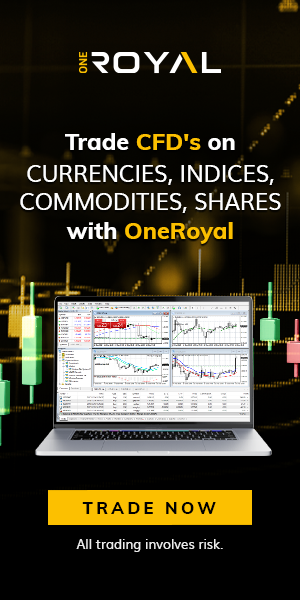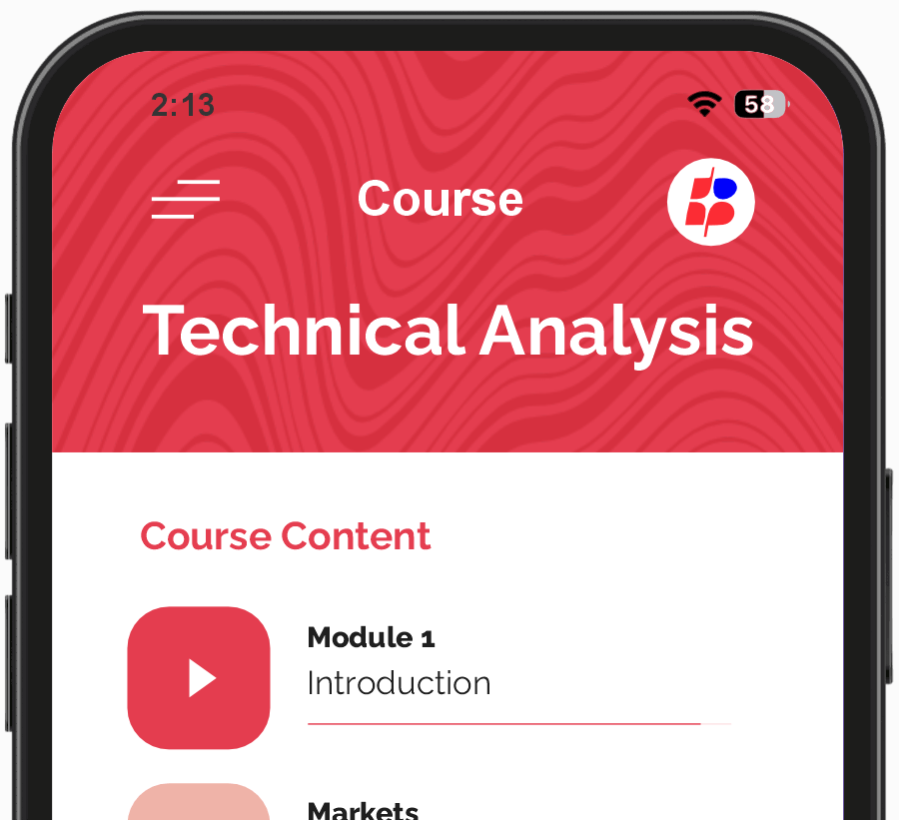Cost of Carry is one of those terms in Forex that sounds serious, but once you understand it, you’ll see how simple and important it really is.
Have you ever kept a trade open overnight and noticed your profit changed, even though the price didn’t move much?
Or maybe you woke up and found a small fee was charged to your account?
That’s Cost of Carry doing its thing. But what is it really? Why does it happen? And how can it help (or hurt) your trading?
Let’s look into it. Stay with me, I promise this is going to be the simplest explanation you’ll ever read.
In This Post
What Is the Cost of Carry in Forex?
Cost of carry in Forex simply means the cost or reward you get for holding a trade overnight.
When you leave a trade open past a certain time (usually around 5 PM New York time), your broker will either, take a small amount of money from your account or add a small amount of money to your account
This happens even if the market doesn’t move, and it’s called swap or overnight interest.
Why Does This Happen?
Every country has an interest rate set by its central bank. When you trade two currencies in Forex (like EUR/USD), you are trading two countries’ money.
So, if you buy a currency with a higher interest rate and sell a currency with a lower interest rate, you might earn a little money.
But if you do the opposite, buy the lower one and sell the higher one, then you’ll have to pay.
Example
Let’s say:
- Euro (EUR) interest rate = 3%
- US Dollar (USD) interest rate = 1%
If you buy EUR/USD, you’re buying the Euro (higher rate) and selling the Dollar (lower rate).
This means you might earn a small amount daily, because you’re holding the stronger-interest currency.
But if you sell EUR/USD, it’s the opposite. You might get charged daily.
Is It A Big Deal?
It might seem small, sometimes just a few cents or dollars per day, but if you hold trades for a long time, it adds up.
For example:
- If you earn $2 per day from cost of carry, that’s $60 per month
- If you lose $2 per day, that’s -$60 per month
Multiply that by how many trades you have, and it becomes a big deal.
What Affects the Cost of Carry?
Below are the main things that change how much you pay or earn:
1. Interest Rate Difference
The bigger the gap between the two currencies’ interest rates, the more you can earn or pay.
2. Buy or Sell?
Whether you are buying (long) or selling (short) matters. Buying the currency with higher interest earns you money. Selling it might cost you money.
3. Day of the Week
Wednesday is special. Brokers often charge 3x on Wednesday to cover the weekend (Friday to Monday).
4. Broker Fees
Every broker is different. Some brokers charge extra swap fees. Some even offer swap-free accounts.
How Do You Check the Cost of Carry?
You can check it:
- Inside your trading platform (like MetaTrader 4 or 5)
- On your broker’s website
- By asking your broker directly
Look for terms like:
- Swap Long: Cost/earning when you buy
- Swap Short: Cost/earning when you sell
It’s often shown in points or pips, or money value.
Real Life Example
Let’s say:
- You buy 1 lot of AUD/JPY
- AUD interest rate = 4%
- JPY interest rate = 0.1%
You are buying a currency with high interest (AUD) and selling one with low interest (JPY).
Your broker gives you $3 per day for holding this trade.
If you hold it for 10 days, that’s:
$3 x 10 = $30 earned
Now imagine if you sold the pair instead:
You’d pay $3 daily = $30 loss over 10 days.
See why it matters?
Is There a Strategy Around Cost of Carry?
Yes. It’s called Carry Trade.
This is when traders purposely buy currencies with higher interest rates and sell currencies with lower ones, just to earn money from the cost of carry.
They don’t care much about price movement, they just want the daily earnings to add up.
But carry trades also have risks. If the currency goes against you (moves in the wrong direction), you could still lose, even if you’re earning daily swaps.
Quick Recap Tip
- Cost of Carry = The fee or reward for keeping trades open overnight.
- It depends on interest rates of the two currencies in your trade.
- You might pay or earn money daily, depending on your position.
- Always check swap rates before holding trades overnight.
- Some traders even use Cost of Carry to earn extra money (Carry Trading).
- Tiny charges can become big money if ignored!
Conclusion
Forex isn’t just about buying low and selling high, even the time you hold your trade can change your profits.
Cost of Carry is like a quiet friend (or enemy) that works while you sleep. Knowing how it works can help you make smarter decisions and avoid surprise losses.
So next time you open a trade, ask yourself,
“If I leave this trade overnight, will I earn something… or lose a little?”
That’s how smart Forex traders think.



